-
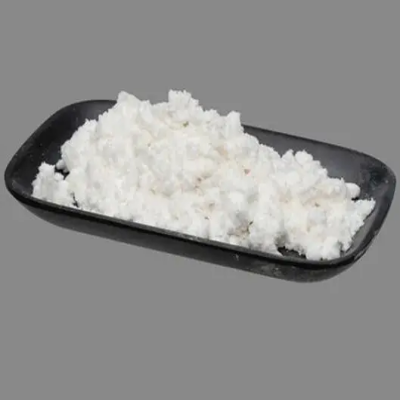
Potassium chloroplatinate CAS:16921-30-5
Potassium chloroplatinate, with the chemical formula K2[PtCl4], is a compound composed of potassium ions and chloroplatinate anions. It is a yellow crystalline solid soluble in water and other polar solvents.
-
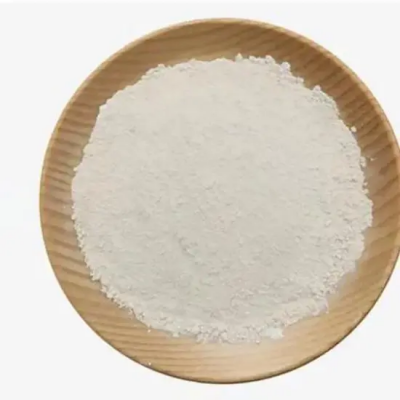
Platinum dioxide CAS:1314-15-4
Platinum dioxide, with the chemical formula PtO2, is a compound featuring platinum in its dioxide oxidation state. It typically appears as a dark brown or black solid. This compound is notable for its unique properties and potential applications in various fields.
-
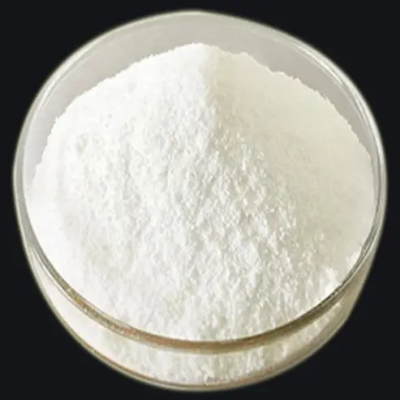
Rhodium(II) acetate dimer CAS:15956-28-2
Rhodium(II) acetate dimer is a rhodium compound composed of acetate ligands and rhodium ions in a dimeric structure. It is commonly used as a catalyst in various organic transformations due to its unique reactivity and catalytic properties.
-
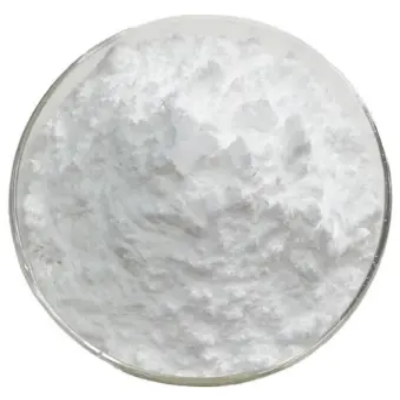
TETRAPROPYLAMMONIUM PERRUTHENATE CAS:114615-82-6
TETRAPROPYLAMMONIUM PERRUTHENATE is a coordination compound consisting of a tetrapropylammonium cation and a perruthenate anion, which contains a ruthenium atom in a high oxidation state. It is commonly utilized as an oxidizing agent in organic synthesis and various chemical transformations.
-

RUTHENIUM II CYCLOOCTADIENE BIS-(2,2,6,6-TETRAMETHYLHEPTANEDIONATE) CAS:12289-94-0
RUTHENIUM II CYCLOOCTADIENE BIS-(2,2,6,6-TETRAMETHYLHEPTANEDIONATE) is a coordination complex in chemistry. It is commonly used as a catalyst in various organic transformations due to its unique structure and reactivity. This complex is valued for its ability to promote a variety of catalytic reactions efficiently, making it a significant component in the field of catalysis.
-
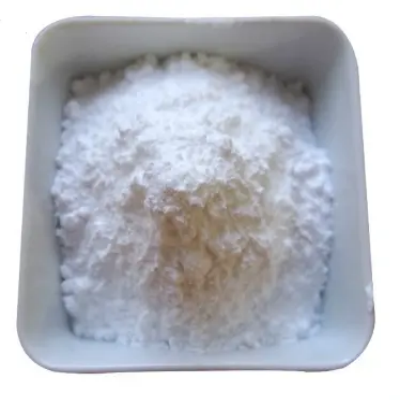
CHLORO(1,5-CYCLOOCTADIENE)(PENTAMETHYLCYCLOPENTADIENYL)RUTHENIUM (II) CAS:92390-26-6
CHLORO(1,5-CYCLOOCTADIENE)(PENTAMETHYLCYCLOPENTADIENYL)RUTHENIUM (II) is a coordination compound featuring a cyclooctadiene ligand, a pentamethylcyclopentadienyl ligand, and a chloride ligand bound to a ruthenium center.
-
![Bis[Tris(2-methylphenyl)phosphine]palladium CAS:69861-71-8](https://cdn.globalso.com/xindaobiotech/B7BHTM43TKFHZ0EB3TY66.png)
Bis[Tris(2-methylphenyl)phosphine]palladium CAS:69861-71-8
Bis[Tris(2-methylphenyl)phosphine]palladium is a coordination compound consisting of two tris(2-methylphenyl)phosphine ligands and a palladium center. It is commonly employed as a catalyst in various organic transformations, including cross-coupling reactions, C-H activation, and carbon-carbon bond formation. Additionally, it serves as a precursor for the synthesis of other palladium complexes with diverse applications in catalysis, material science, and medicinal chemistry.
-
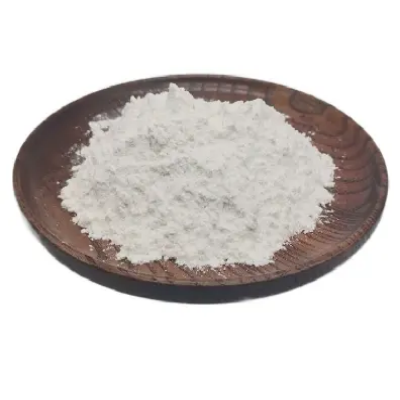
(1,5-CYCLOOCTADIENE)(PYRIDINE)(TRICYCLOHEXYLPHOSPHINE)IRIDIUM(I) HEXAFLUOROPHOSPHATE CAS:64536-78-3
(1,5-CYCLOOCTADIENE)(PYRIDINE)(TRICYCLOHEXYLPHOSPHINE)IRIDIUM(I) HEXAFLUOROPHOSPHATE is a complex compound in chemistry. It is commonly used as a catalyst in various organic synthesis reactions due to its unique structure and properties. This complex is known for its ability to catalyze a range of reactions efficiently, making it a valuable tool in the field of organic chemistry.
-
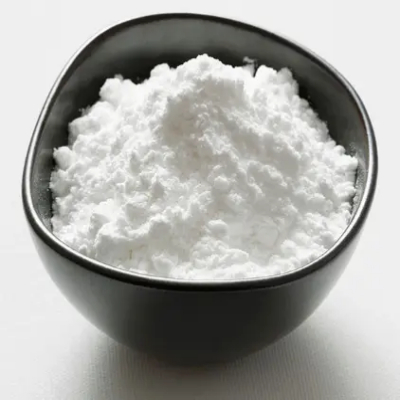
BIS(2-METHYLALLYL)PALLADIUM CHLORIDE DIMER CAS:12081-18-4
BIS(2-METHYLALLYL)PALLADIUM CHLORIDE DIMER is a palladium complex used as a catalyst in organic synthesis. It is known for its ability to facilitate various carbon-carbon and carbon-heteroatom bond-forming reactions efficiently. This complex is valued for its versatility and reactivity in promoting selective transformations, making it a valuable tool in the field of organometallic chemistry.
-
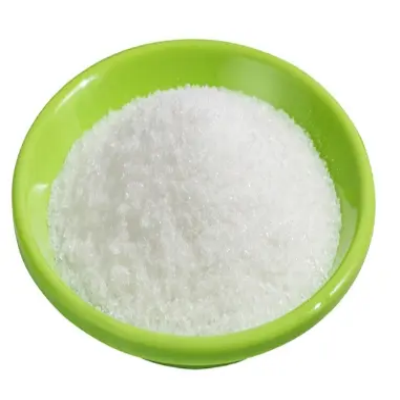
BIS(1,5-CYCLOOCTADIENE)NICKEL(0) CAS:1295-35-8
BIS(1,5-CYCLOOCTADIENE)NICKEL(0) is a nickel complex commonly used as a catalyst in organic synthesis. It is known for its ability to mediate various catalytic reactions, including cross-coupling, hydrogenation, and C-C bond formation. This complex is valued for its reactivity and selectivity in promoting organic transformations, making it a versatile tool in the field of organometallic chemistry.
-
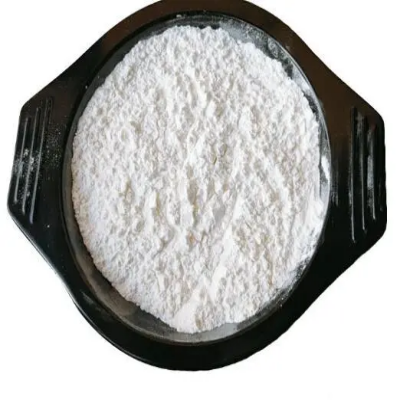
Bis(tricyclohexylphosphine)palladium(0) CAS:33309-88-5
Bis(tricyclohexylphosphine)palladium(0) is a coordination compound comprising two tricyclohexylphosphine ligands and a palladium center in the zero oxidation state. It is commonly utilized as a catalyst in various organic transformations, particularly in cross-coupling reactions and C-C bond formation. Additionally, it serves as a precursor for the synthesis of other palladium complexes with diverse applications in catalysis, material science, and medicinal chemistry.
-
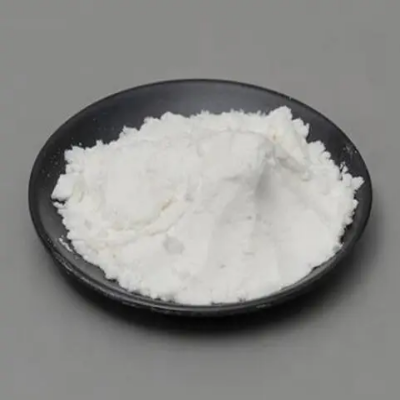
Bis(benzonitrile)dichloroplatinum(II) CAS:14873-63-3
Bis(benzonitrile)dichloroplatinum(II)** is a coordination compound containing two benzonitrile ligands and two chlorine ligands, a compound with a central platinum ion. It is often used as a model compound in coordination chemistry studies to study the properties and reaction mechanisms of platinum complexes. In organic synthesis, it is also used as a catalyst and participates in some important organic reactions.

